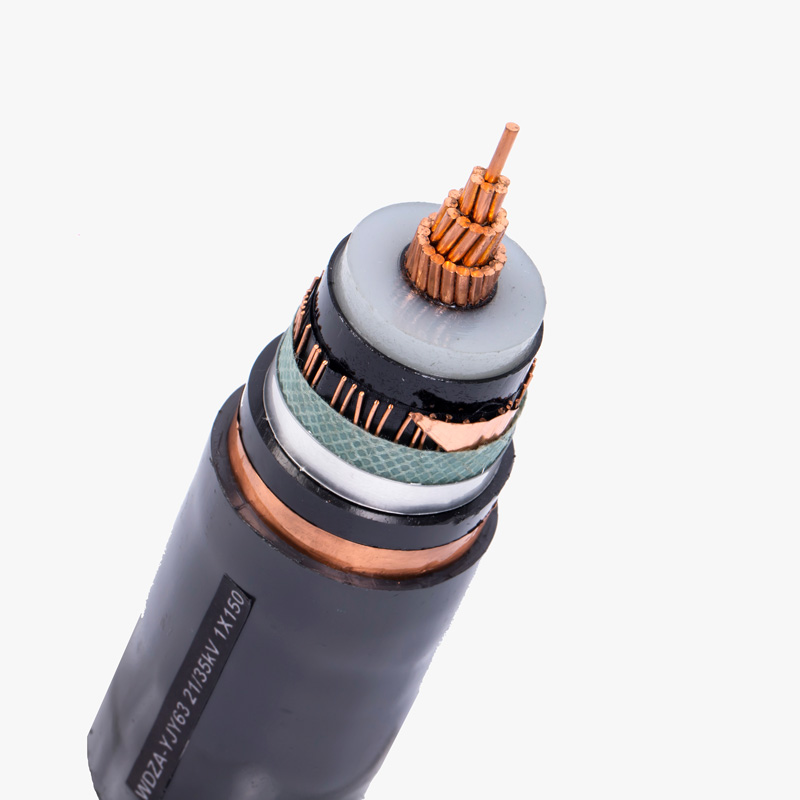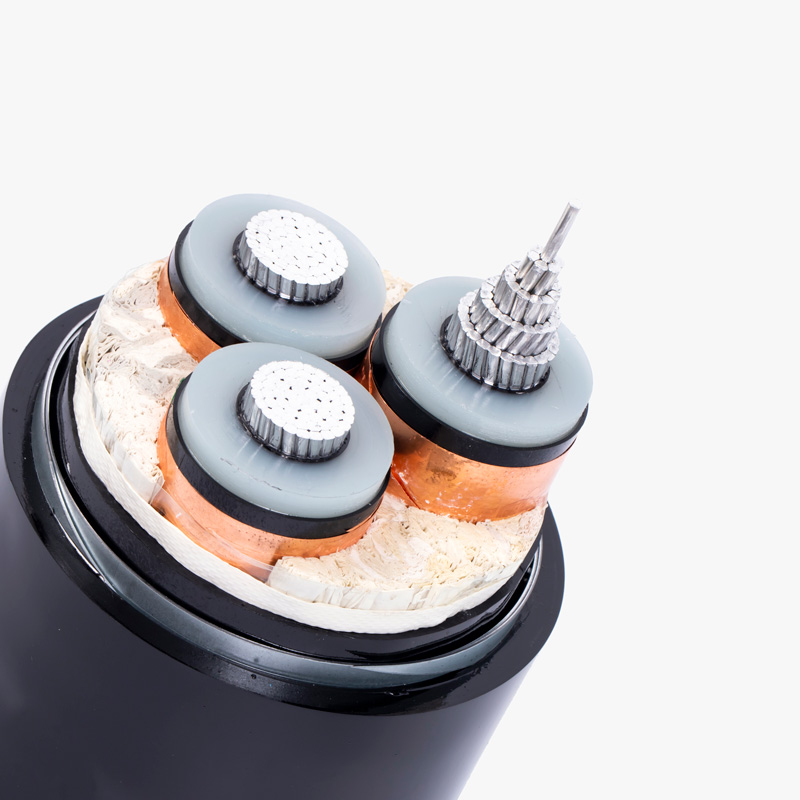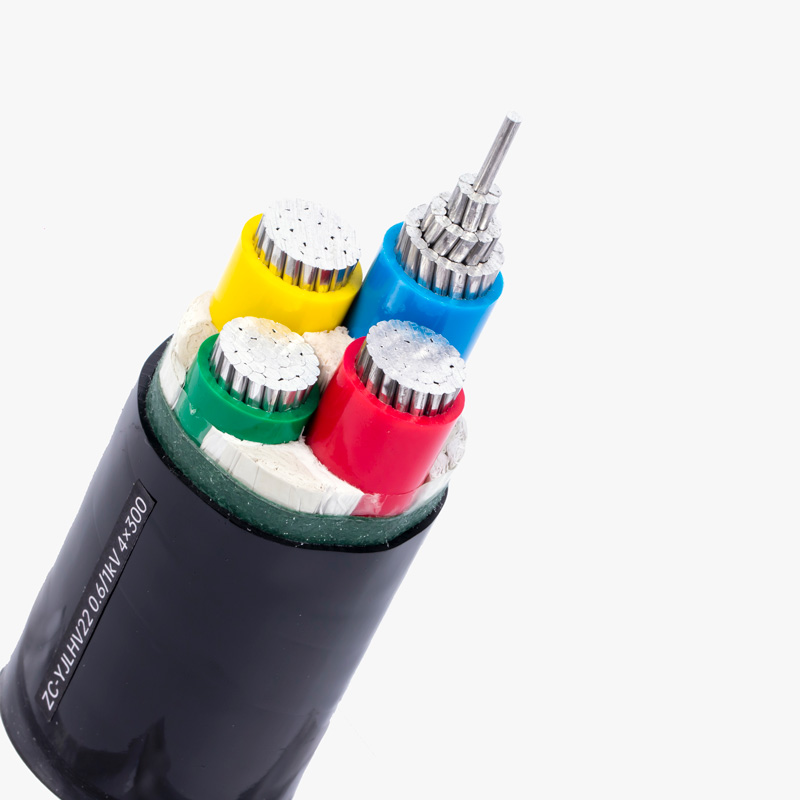Understanding Overhead Electric Cable Safety Standards
Are you aware of the safety risks associated with overhead electric cables? Overhead power lines are essential for providing electrical energy, but they come with significant hazards that can endanger workers and the public. The causes of these risks typically stem from improper handling, lack of awareness, or failure to follow safety standards. This can lead to serious injuries or fatalities, as well as costly damage to infrastructure. At [Your Company Name], we are dedicated to ensuring the highest standards of safety with our customizable solutions that guarantee secure and efficient operation around overhead power lines. By following stringent safety protocols, we can significantly reduce these risks.
Overhead electric cables are essential for delivering power, but their presence requires strict safety standards to prevent accidents and ensure safe operation.
Understanding how to safely navigate working around overhead electric cables is essential for anyone involved in electrical operations. Keep reading to explore the specific safety standards that help protect both workers and the public.
What is Overhead Electric Cable?
An overhead electric cable is a system of conductors suspended in the air, typically mounted on utility poles or towers, used to transmit electricity over long distances. These cables are vital for providing electrical power to urban and rural areas. They can carry both high-voltage transmission and lower-voltage distribution power, depending on the type of system in place. While these cables serve a critical function in electrical delivery, they pose inherent risks due to their elevated position and the high voltage they carry.
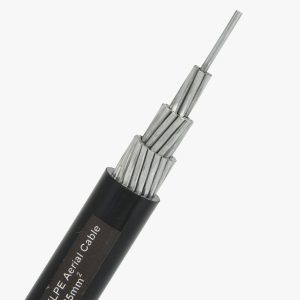
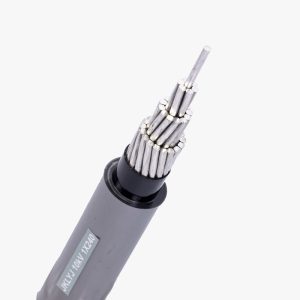
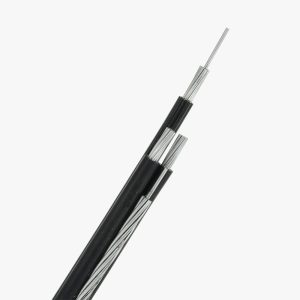
Overhead power lines can be exposed to weather conditions such as storms or lightning, which can further increase the danger. In addition to the risks posed to workers, these lines can be hazardous to the general public if they come into contact with buildings, vehicles, or other structures. Proper installation and adherence to safety standards are crucial to mitigating these risks and preventing accidents.
Understanding the Risks
Working near overhead electric cables involves a number of risks that must be carefully managed. The primary hazard is electrocution, which can occur if workers or individuals accidentally come into contact with the live wires. Electrocution can result in serious injury or death, making it one of the leading concerns when working near or on overhead power lines. Additionally, falling from a height while handling these cables or their supports can lead to fatal accidents.
Another significant risk is the potential for fires. A damaged or downed power line can spark fires in dry conditions, causing extensive damage to property and potentially leading to widespread destruction. Furthermore, proximity to live wires can result in electrical arcs, which are powerful enough to ignite flammable materials in the surrounding environment.
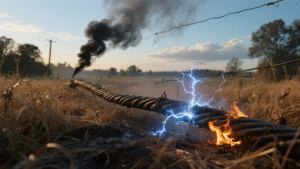
What Safety Standards Apply to Overhead Power Lines?
The safety standards for working near overhead power lines are governed by several regulations and guidelines. These include national safety codes, such as the National Electric Safety Code (NESC) in the United States, which provides comprehensive rules for the installation and maintenance of overhead electric cables. These guidelines help to prevent accidents by ensuring that power lines are positioned and insulated properly and that workers maintain a safe distance when performing tasks.
In addition, workers must adhere to strict personal protective equipment (PPE) standards. PPE such as rubber gloves, insulated tools, and proper footwear can reduce the risk of electrocution and injury. Safety training is another critical factor in reducing accidents. Workers must be trained to recognize the hazards associated with overhead power lines and the proper procedures for handling them safely.
Why These Standards Matter?
Adhering to safety standards for overhead electric cables is vital for protecting lives and preventing property damage. By ensuring that these guidelines are followed, the risk of electrical accidents and fatalities can be dramatically reduced. Furthermore, compliance with safety regulations helps minimize downtime and maintenance costs, leading to more efficient operations and a better safety record.
For manufacturers, wholesalers, and suppliers of electrical equipment, including overhead power lines and cables, maintaining these safety standards not only ensures the wellbeing of workers and the public but also boosts the reputation and trustworthiness of the company. In an industry where safety is a top priority, offering customizable solutions that comply with these regulations sets a company apart as a leader in the market.
Summary
In conclusion, understanding and following overhead electric cable safety standards is essential for preventing accidents and ensuring safe operations in the electrical industry.

